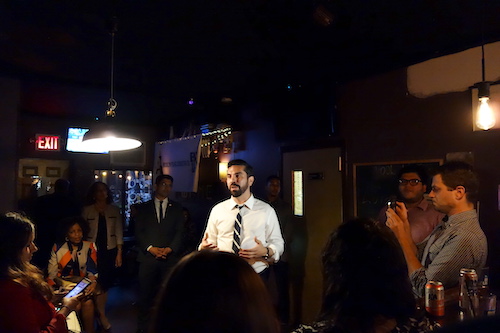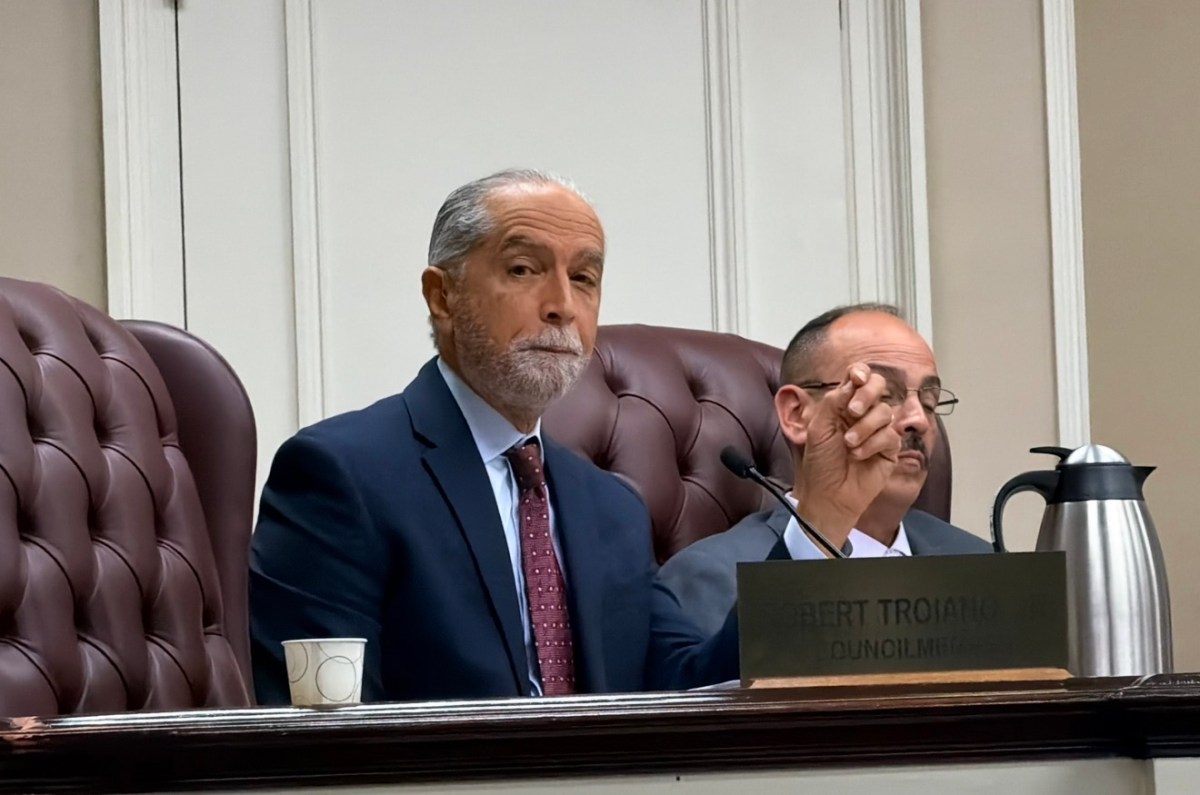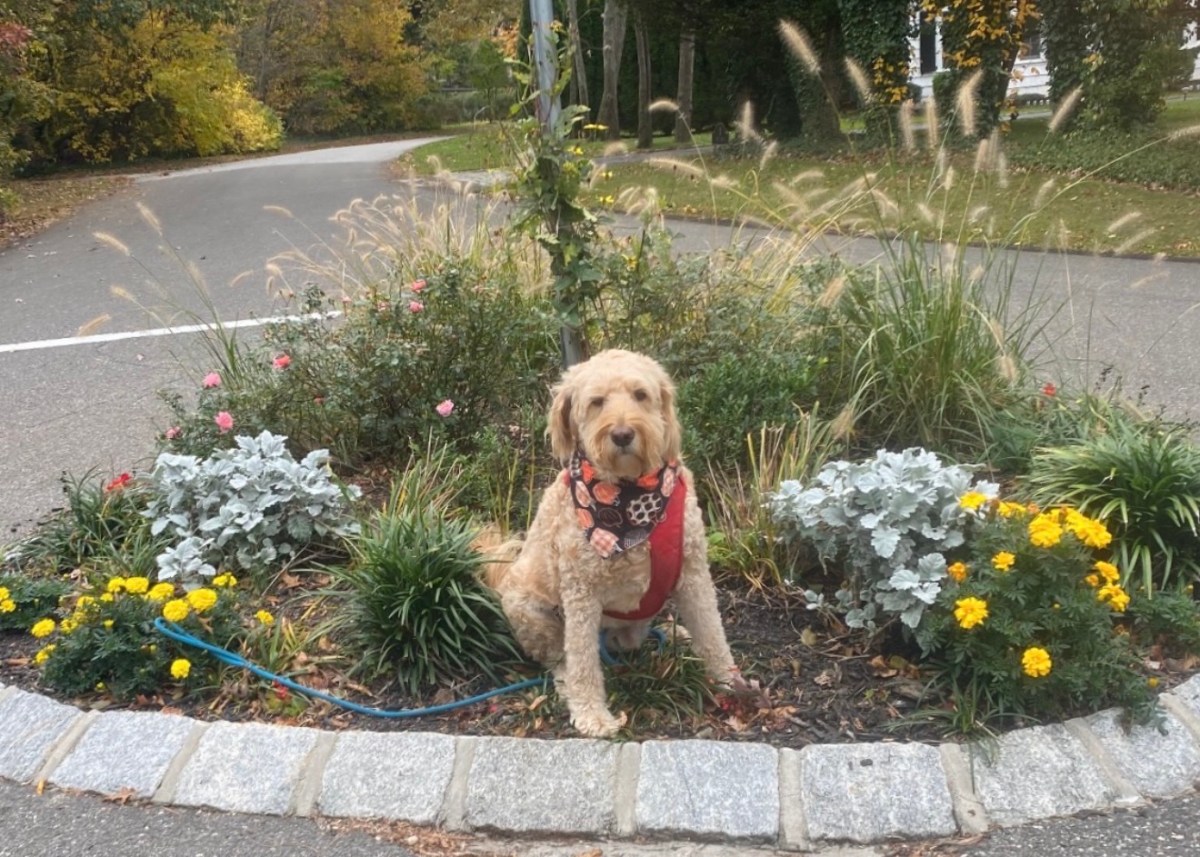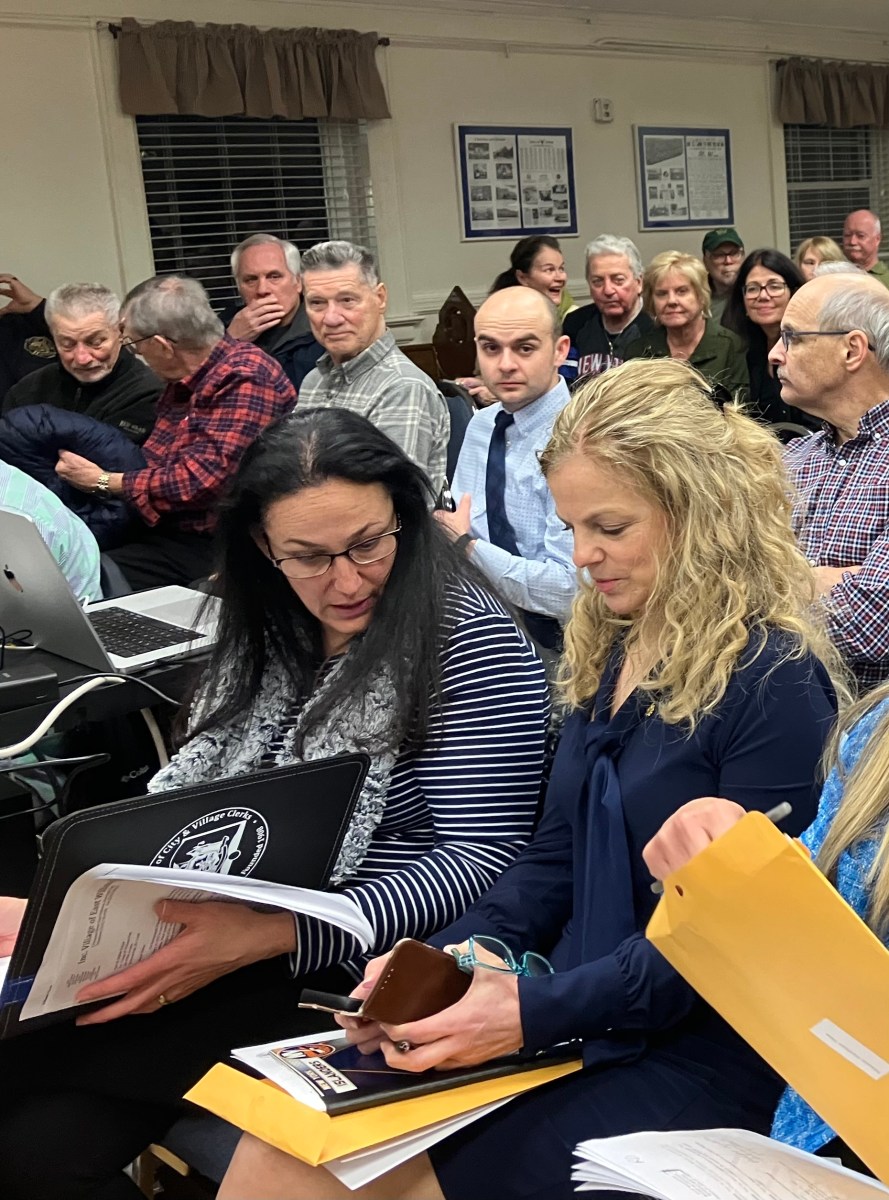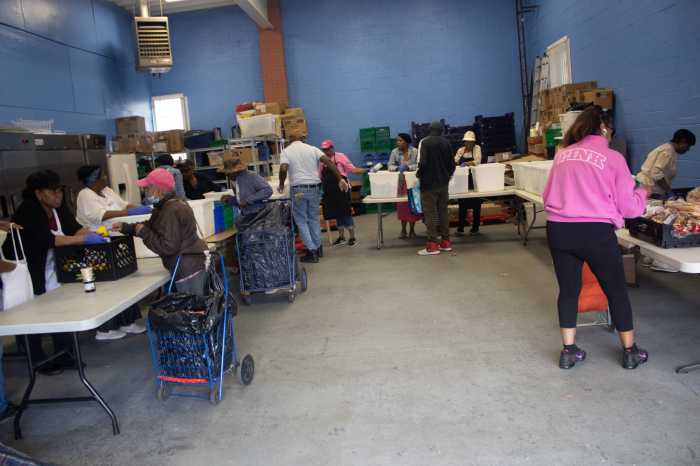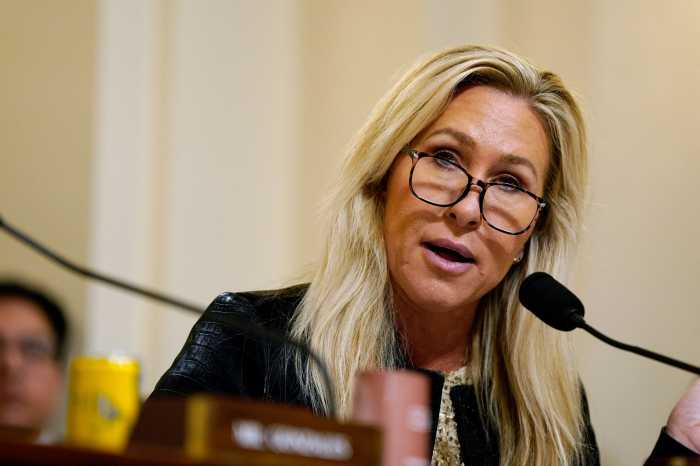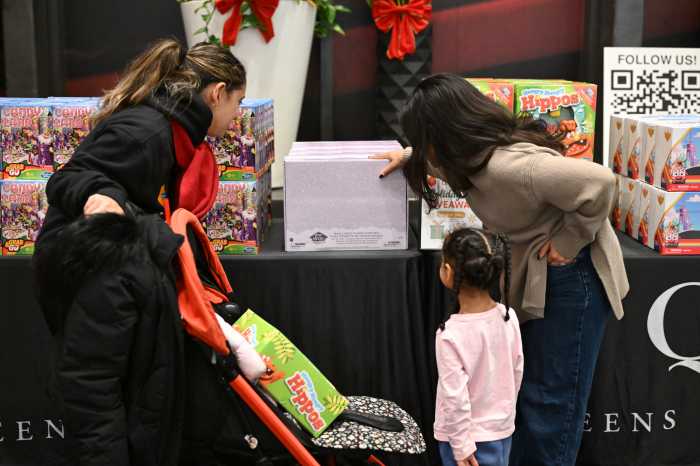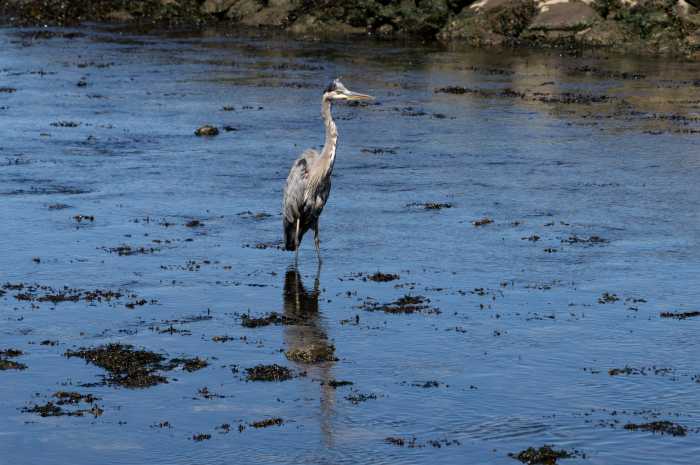The environment emerged as a running theme last night, when City Council candidates gathered in Bushwick to seek support for re-election and to address a variety of issues impacting north and south Brooklyn alike.
The Brooklyn Young Democrats (BYD) political club hosted the event at Divine Bar and Grill, 896 Broadway in Bushwick, announcing several official endorsements at the end of the night. The forum gave bar patrons and candidates in the District Attorney race, Judicial Civil Court races, and 33rd, 34th, 37th, and 35th District City Council races the chance to discuss subjects like immigration, housing, and the criminal justice system.
In addition to these issues, Incumbent City Council Members seeking re-election including Rafael Espinal (District 37), Antonio Reynoso (District 34), and Carlos Menchaca (District 38) each touched upon one similar theme: a “Green New York City.” All three,later received the BYD endorsments.
Espinal, whose district represents Cypress Hills, Bushwick, Brownsville, and East New York, underlined his own personal commitment to work on issues from air quality to climate change.
Espinal referenced the shutdown of the L train as an example. He argued that it was crucial to ensure the Metropolitan Transit Authority used only electric buses to replace services.
“We have some of the poorest air qualities in the entire city here in North Brooklyn,” said Espinal. “And a plan to put in 200 diesel-fueled buses into our streets doesn’t work.”
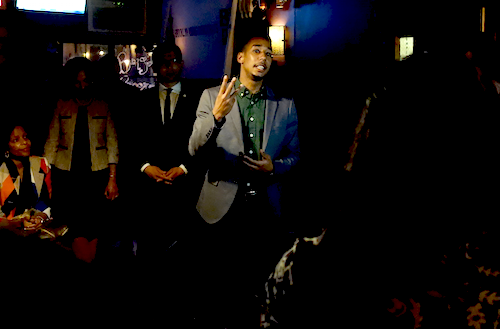
Espinal argued that air quality is a “social justice issue,” citing high asthma rates in his district. Reynoso, also noted asthma rates in his district, which covers Williamsburg, Bushwick, and Ridgewood.
“We have three times the rate of entrance into Woodhull Hospital for asthma than the rest of the city of New York,” said Reynoso, adding that the area also bore the brunt of the city’s sanitation.
New York City generates 14 million tons of trash each year. But 75 percent of the city’s trash is processed in North Brooklyn, the South Bronx, and southeast Queens. Organizations like “Cleanup North Brooklyn” argue that a disproportionate cluster of processing centers in North Brooklyn causes health risks and poor air quality.
Reynoso said that his district was responsible for processing 40 percent of the city’s trash and argued that even reforms to “Fair Share” policies, meant to evenly distribute transfer stations, shelters, and jails throughout the city, fell short for his community. He said they failed to address the issue of processing centers, the lack of green space, and the fragmenting of his district by the Brooklyn-Queens-Expressway (BQE).
“That legislation I think is mostly fluff, it has no teeth,” said Reynoso. “It’s not going to help my community.”
Menchaca, who represents Red Hook, Sunset Park, and Windsor Terrace, spoke on even more daunting environmental obstacle: rising sea levels.
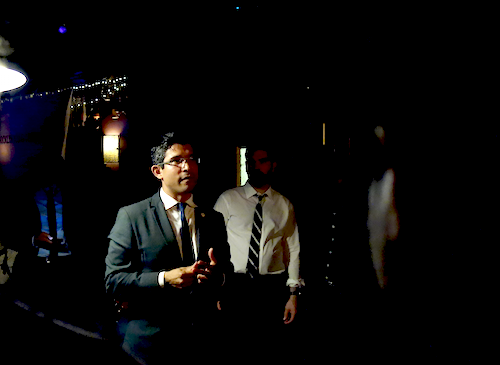
The Red Hook neighborhood is in a particularly vulnerable area when it comes to flooding. In October 2015, the Mayor’s Office of Recovery and Resiliency (ORR) began the Red Hook Integrated Flood Protection Feasibility Study, a federally funded project meant to reduce flood risk. The study was a response to the extensive damage the area sustained during Hurricane Sandy, which Menchaca says prompted him to seek election in the first place.
“I was really inspired by the community that came together in Red Hook,” said Menchaca. “And we saw a government fail a community, that’s why I decided to come in.”
He underlined the importance of using funds from the Federal Emergency Management Agency (FEMA) to develop an “integrated flood protection plan.” He acknowledged that re-designing Red Hook as a “coastal community” that would “withstand another surge” was no small task.
He said that entire roadways might have to be elevated, in some places fifteen feet, and that it could be a “multibillion dollar project,” but urged for decisive action nonetheless.
“We are surrounded by water, on three sides,” said Menchaca, noting Red Hook’s active port and manufacturing district, both of which could be affected by a rise in sea levels. “Red Hook will be underwater if we don’t do anything about it, and actually rebuild the community.”
Each City Council member’s district faces separate and unique challenges, all under the umbrella of “environmental issues.” But all three candidates agreed that local participation was crucial.
“It’s time for us to start acting locally,” said Espinal. “But thinking globally while we do that.”


